Charging an EV can rapidly become expensive and energy intensive. From purchasing charging equipment to driving style, all our actions add up and can rapidly increase our carbon footprint. To keep a tight rein on consumption, here are a few tips for sustainable, ecological charging over the long term.
1. Opting for a charging solution with low power consumption
Many e-drivers opt to plug in at public charging stations. However, they consume a lot of energy – especially with rapid charging points mushrooming everywhere. If you have the option of installing a charging station at home, this is the solution to go for as it is much less expensive and uses up less energy than charging at a public charging station.
If you decide on home charging with a smart charging station, you will make even greater savings on a daily basis. In a nutshell, a smart charging station means your EV charges from the available current on your home’s electricity mains, thereby avoiding overconsumption.
2. Programming when your EV charges
If your tariff contract includes peak/off-peak hours, it is always a good idea to plug in during off-peak hours, when demands on the grid are at their lowest. By opting to hook up your EV during off-peak hours you are cutting the cost of charging your EV or PHEV. There are several ways that you can easily programme charging during off-peak hours:
- You can define charging times on the dashboard of your EV, if it includes this feature;
- You can install a smart charging station so that you can plug in and charge day or night
3. Reducing charging speed and the number of charging sessions
Do you really need to charge your electric vehicle every day? Depending on how much your battery consumes on your daily trips, it may not be necessary to stoke up the battery every single day. Likewise, do you really need fast or rapid charging all the time? When you go for fast charging, the power delivered is higher and, consequently, more electricity is consumed. If you can charge overnight, this is far better than opting for rapid charging. Ideally, you can settle down for a good night’s sleep while your EV restores its battery levels too! Another advantage of so-called “slow” charging is that it extends the life of your on-board charger.
Aggressive driving with an ICE vehicle will wear down various car parts faster, leading to more frequent repairs and spare parts needing to be changed more often. The same is true for electric vehicles and can lead to battery problems in terms of lower charging efficiency. When you adopt a “zen” style of driving and follow the charging instructions you receive when you purchase your EV, you are signing up for more efficient battery operation and higher performance for your vehicle overall.
💡 Fact of the day
Many people hesitate to buy a second-hand EV, because they are concerned that the battery may have been badly handled and that the vehicle will therefore perform less efficiently than a new one. However, it is possible to improve the performance level of a second-hand EV – even if the battery has been in use for several years – simply by adopting the right way to charge and drive your car. And if you have any doubts, you can ask a professional to check over the battery.
4. Opting for a sustainable charging solution
Charging will not damage your vehicle when you buy charging equipment that complies with European standards. The same is not true for some products that look attractive on the surface and can easily be found on the market, but which may also prove dangerous for you, your EV and your installation.
You can find cables and charging stations equipped with alert systems that can detect any abnormal overheating in your equipment, installation and vehicle and automatically stop the charging process to avoid any damage. Once the temperature has come down, charging can be started up again without any risk.
The quality of the equipment used will also have an impact on the lifespan of your charging cable. Some cables become twisted after just a few usages and are then difficult to handle and unwind when you want to plug into a charging point. A high-quality cable will last longer and carries a lower risk of being damaged by regular handling.

5. Taking eco-driving on board
Beyond charging solutions and the actual charging process itself, your driving style has an impact on the environment – as we are all aware.
Indeed, eco-driving is not just for drivers of ICE vehicles! There are good and bad practices for everyone. The rate at which your on-board charger runs down is directly impacted by the way you drive your EV!
Aggressive driving with an ICE vehicle will wear down various car parts faster, leading to more frequent repairs and spare parts needing to be changed more often. The same is true for electric vehicles and can lead to battery problems in terms of lower charging efficiency. When you adopt a “zen” style of driving and follow the charging instructions you receive when you purchase your EV, you are signing up for more efficient battery operation and higher performance for your vehicle overall.
Regenerative braking is an interesting feature of EVs and an excellent method of recovering energy. So if your car is equipped with this option, use regenerative braking as often as you can via your paddles or the dashboard.
In short, take your time to choose a sustainable charging solution, opt more for slow charging and go for a smooth driving style to consume as little energy as possible. All these tips can also help you cut down on your bills in the long term and cope with high demand on the grid!
💡 Our tip for reducing charging capacity with the Velocy Box fitted with the Velocy Sense radio module
If your install a Velocy Box charging station with the Velocy Sense radio module, you can reduce the amperage of the radio module. By adopting slow charging during periods of high consumption, you take pressure off the grid. You can cut between 5 and 15 amps with a single-phase charging station (7kW) and between 1 and 5 amps with a three-phase charging station (22kW). The settings must be adjusted when the EV is not charging and the Velocy Sense module is not plugged in.

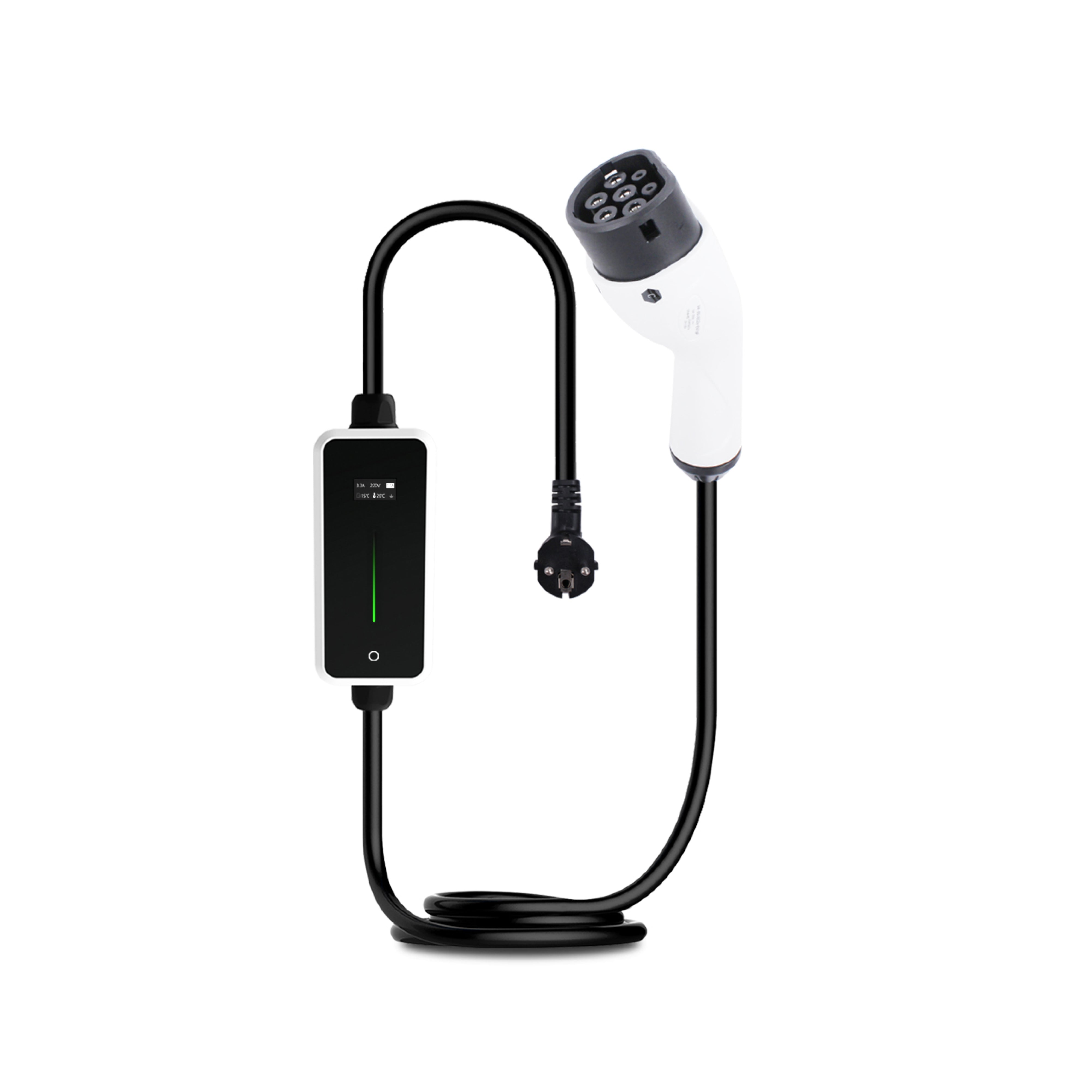
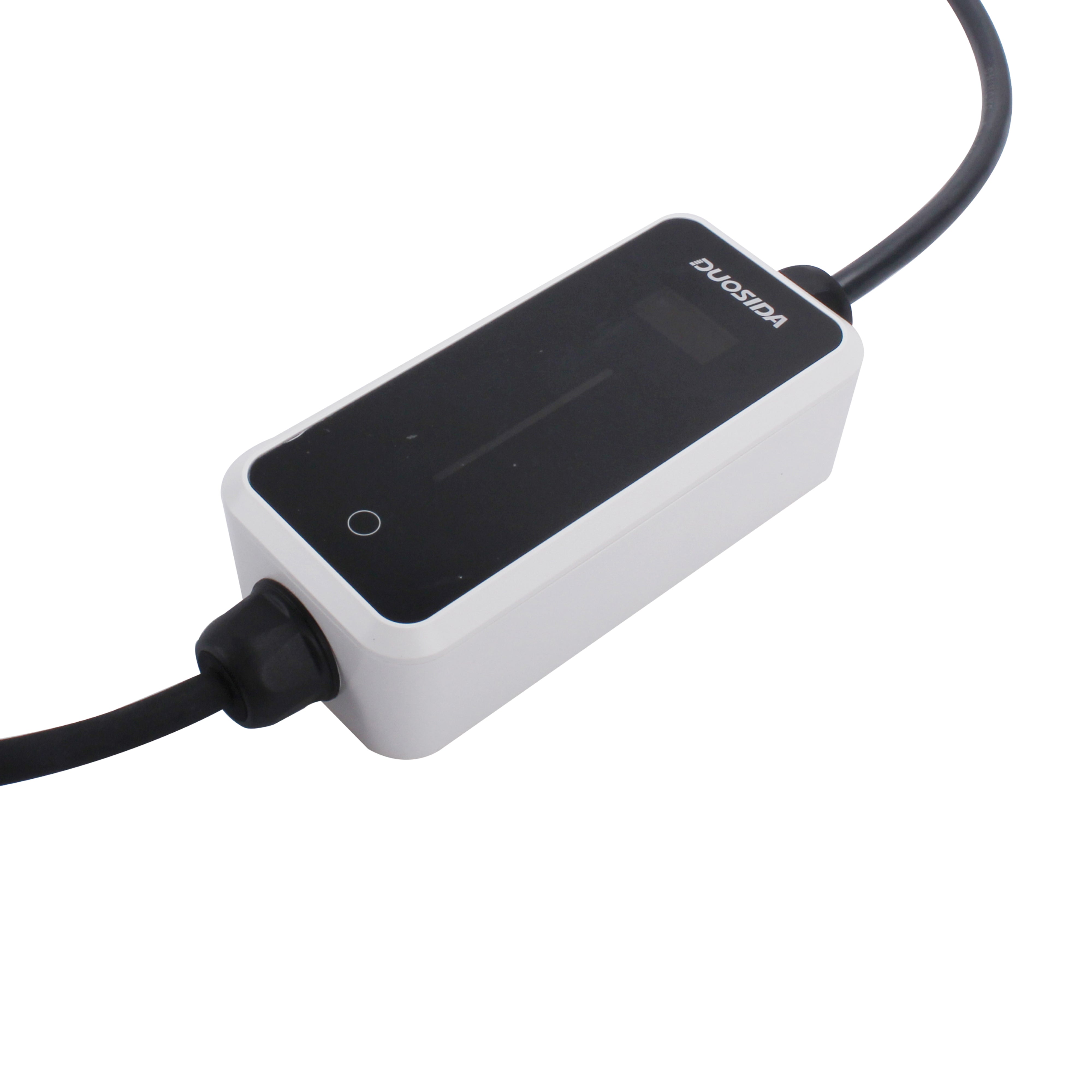
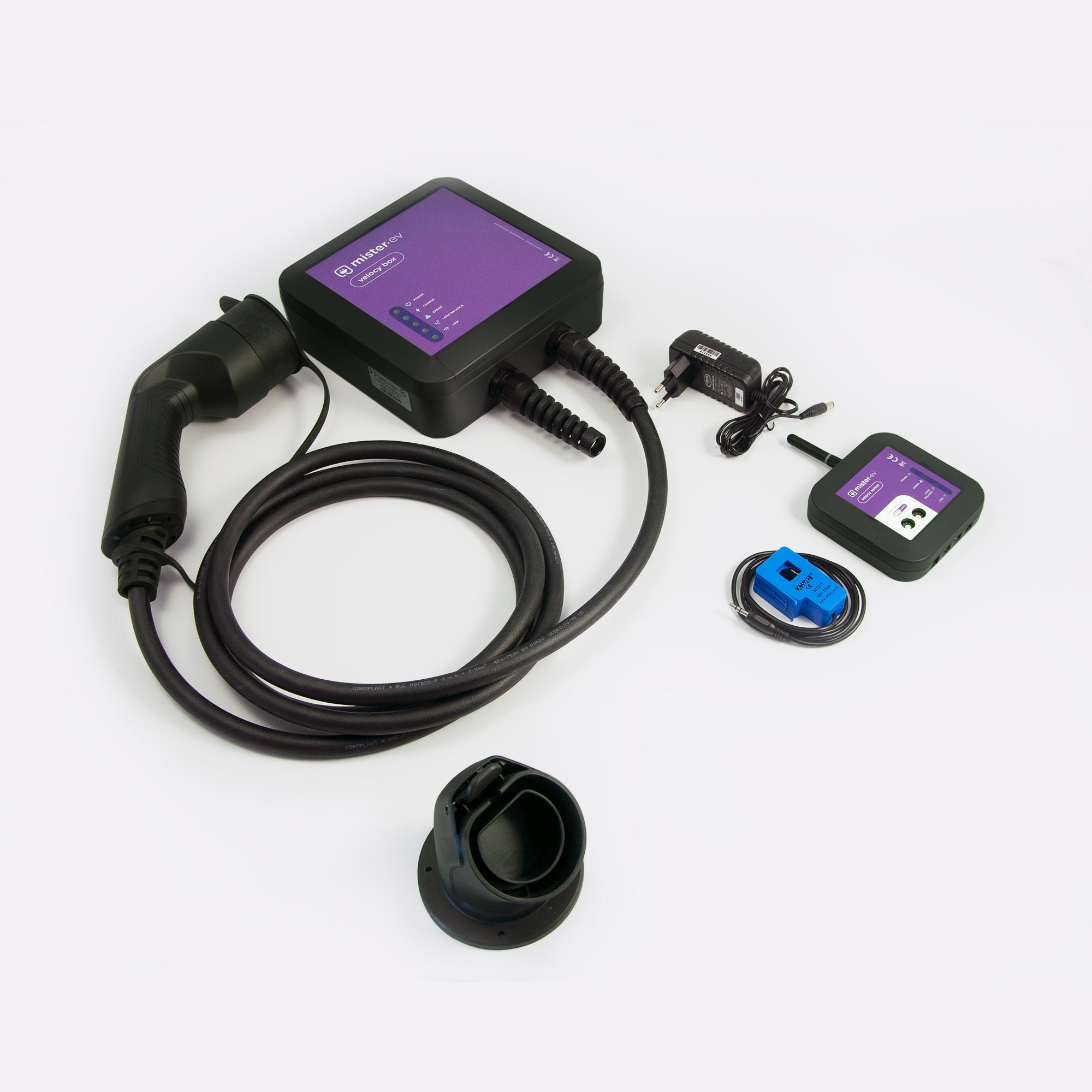
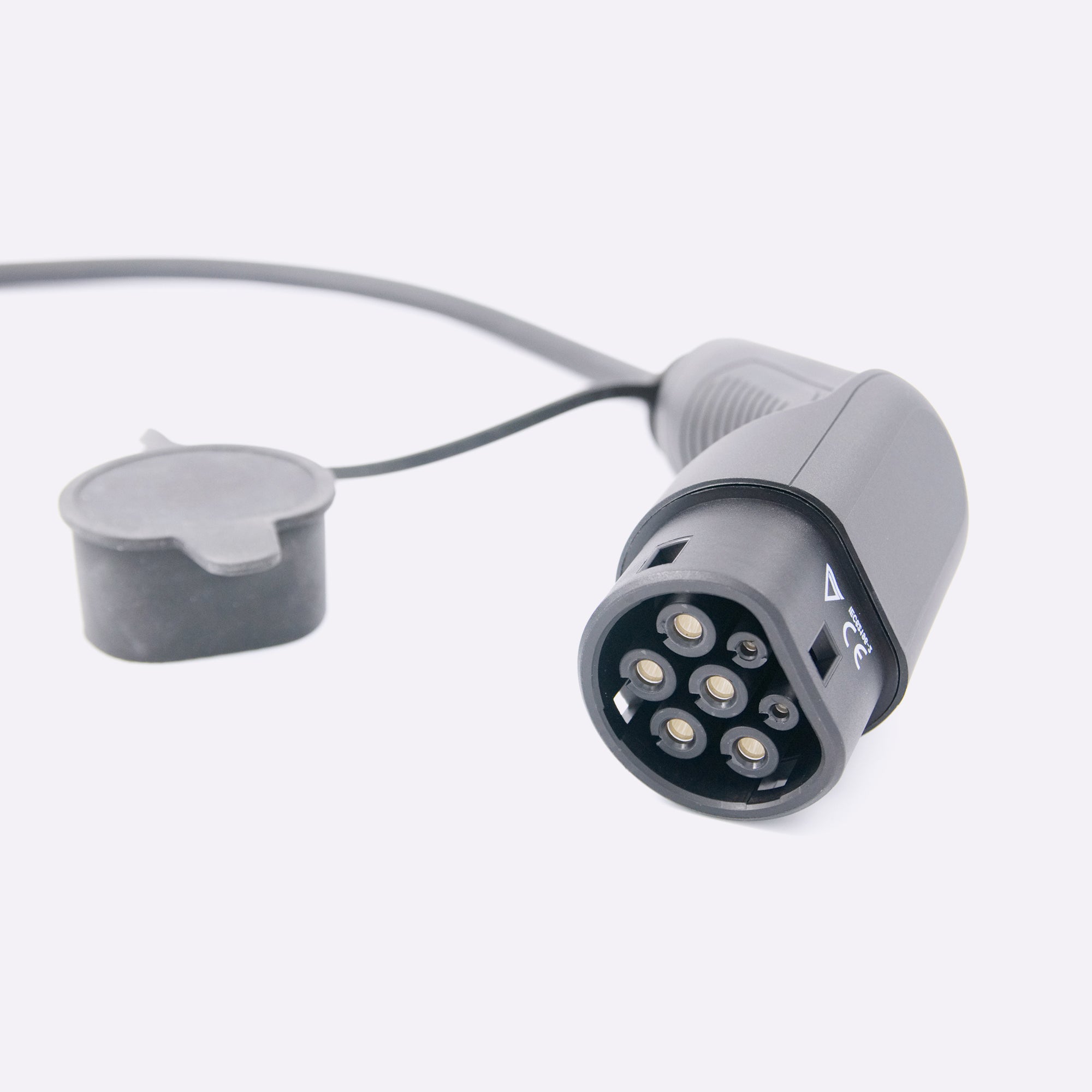

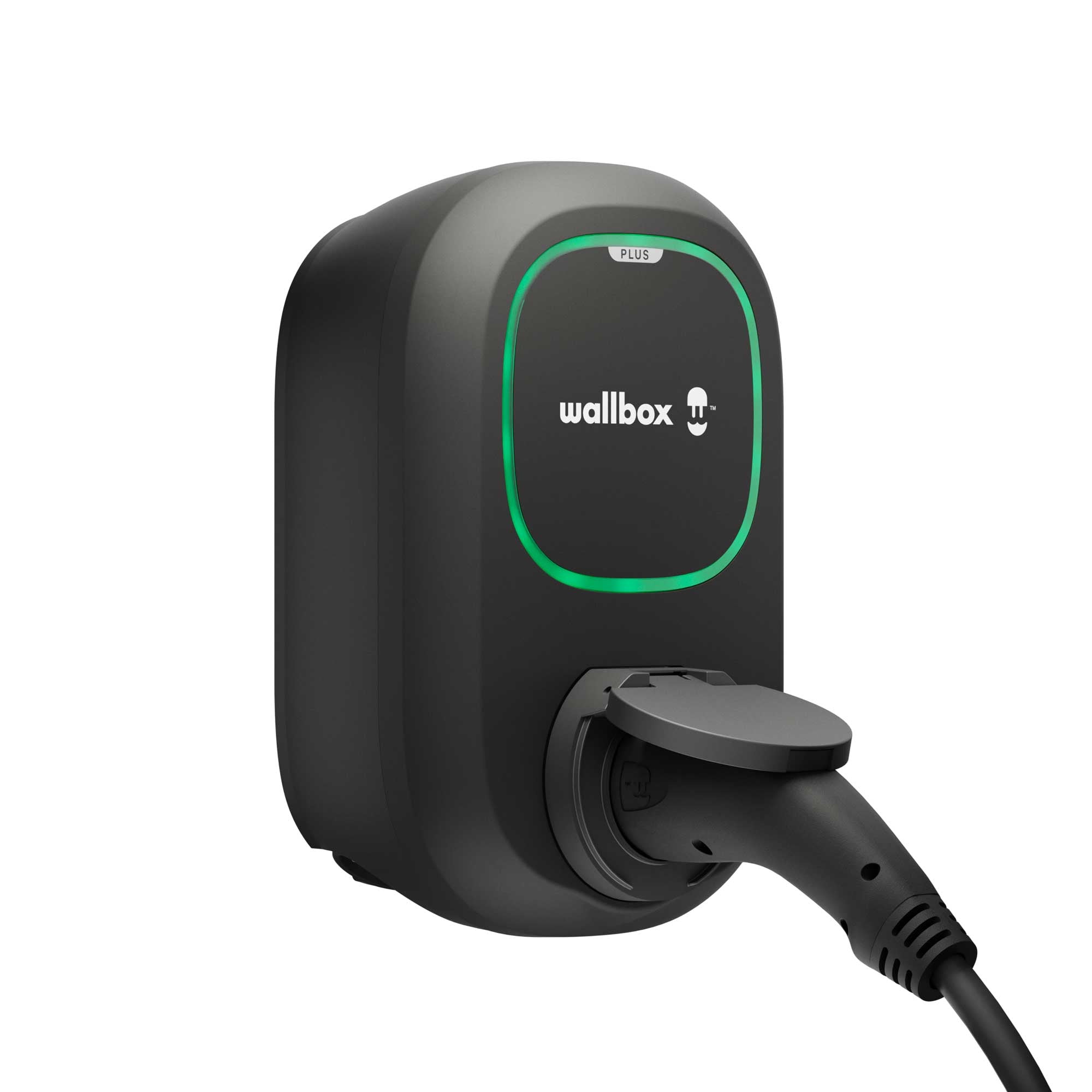

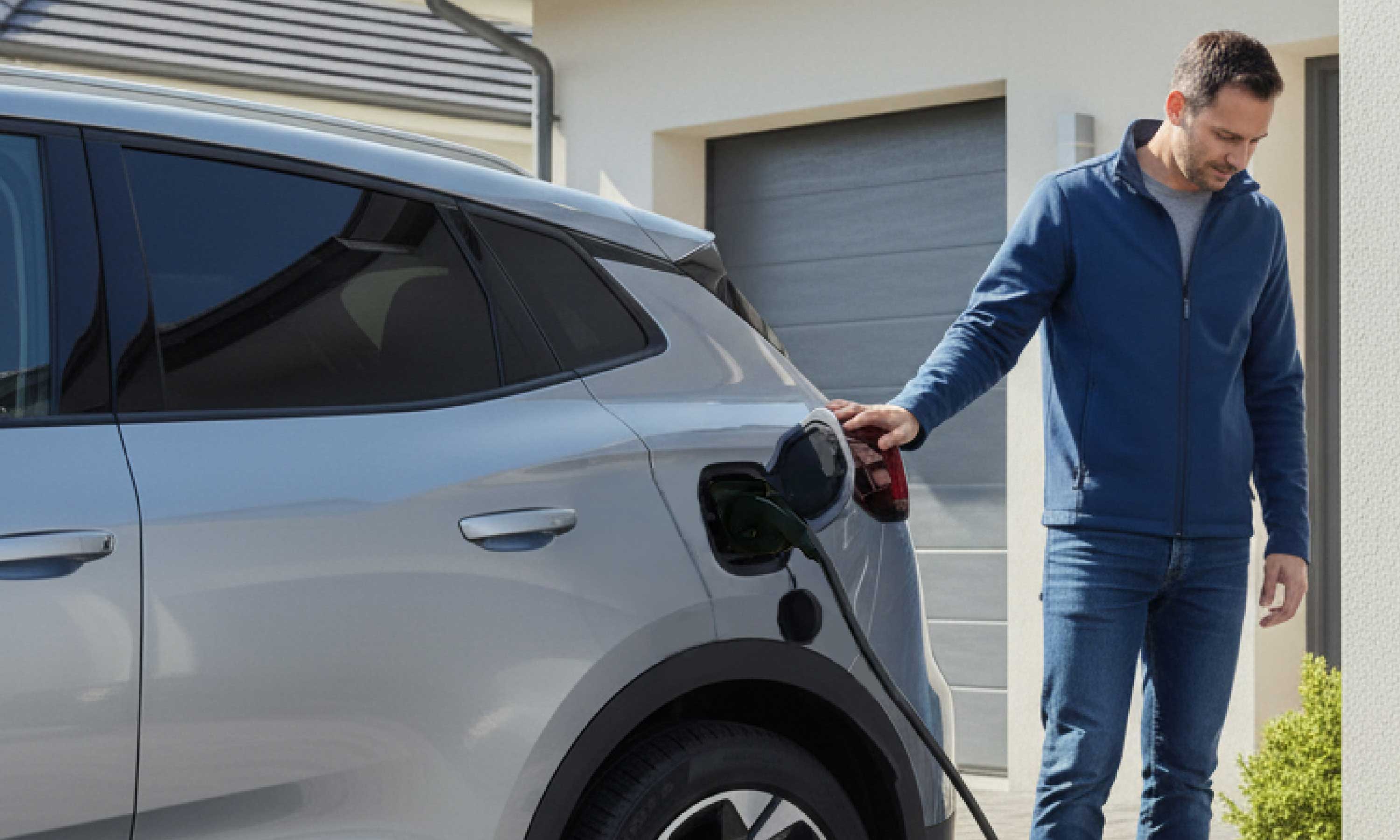
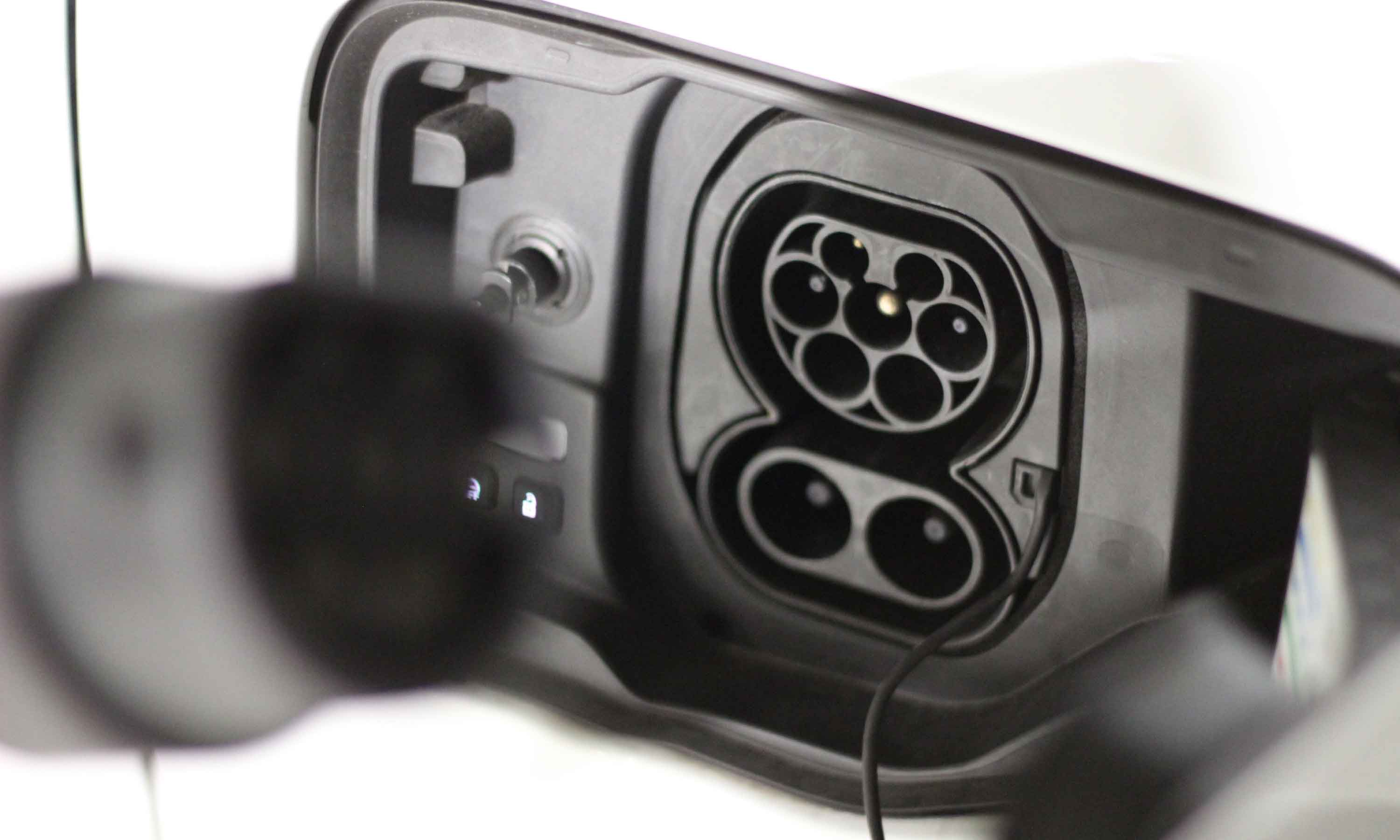
@pascal Malheureusement, peu de véhicules sur le marché sont capables de prendre en charge le V2G (Vehicle to Grid ou Véhicule vers Réseau électrique) et votre Tesla Model 3 ne fait pas exception à cette carence.
A ce jour, seul le standard ChaDeMo, présent essentiellement sur les véhicules vendus au Japon ou Amérique du nord est pleinement capable, sur certains modèles, de prendre en charge cette fonction avec la borne adéquate.
Je possède une TESLA MODÈLE 3 qui nous donne pleine et entière satisfactions, en plus nous venons de faire installer des panneaux solaires 6Kwh, nous souhaitons utiliser la batterie de la tesla comme batteries tampon…
Existe,,il un moyen de le réaliser
Merci n bonne
Leave a comment